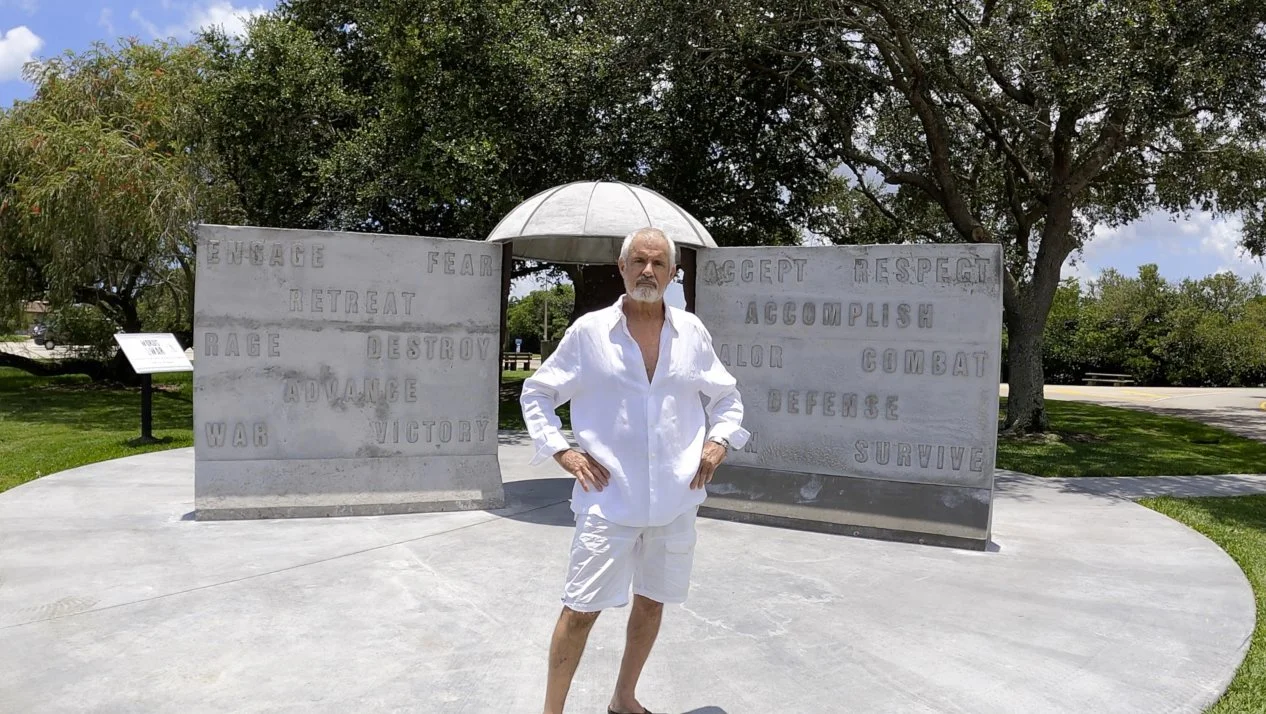555th Parachute Infantry Battalion
555th Parachute Infantry Battalion ”Triple Nickles”
The American Airpower Museum at Republic Airport in Farmingdale, NY celebrates Black History Month with Living History Presentations honoring the memory of Tuskegee Airmen and the men of the 555th Parachute Infantry Battalion, America’s first Black Paratrooper Battalion of WWII in the then segregated U.S. Army.
Company A, 555th Parachute Infantry Battalion, was activated at Fort Benning on December 31, 1943. Twenty-three officers and enlisted men were the first black soldiers to graduate from Jump School, long held to be one of the most difficult training centers in the Army. These Soldiers were, in effect, the black test platoon. The 555th Parachute Infantry Battalion was activated at Camp Mackall, North Carolina, on November 25, 1944, under the command of Captain James Porter, often thought of as the “Father of the 555th”. Porter and his men knew they were under an Army microscope, with observers waiting to criticize every move, every misstep. In the face of this challenge, the troopers performed their duties with efficiency and dignity.
The battalion did not serve overseas during World War II, primarily because it never reached full strength for an Airborne Infantry Battalion. In reaction to the German counterattack that began the Battle of Bulge, the Airborne Command considered reorganizing the 555th PIB as a single reinforced Airborne Rifle Company, and sending it to Europe to reinforce the battered Airborne units already there. However, before this could happen the crisis had passed, and the 555th PIB was instead alerted for deployment to the West Coast. The men of the 555th PIB hoped that they would get into the war against the Japanese, but that was not their new mission. According to Sergeant Walter Morris, "It was a secret mission called Operation Firefly. We thought we were going overseas to [Gen. Douglas] MacArthur's theater." It wasn't until they arrived in Oregon, in May 1945, that they learned they would be fighting the Japanese on the fire line in the Western United States.
During the winter of 1944–45, the Japanese sent 9,300 Fu-Go balloon bombs toward North America. It was believed 1,000 succeeded in reaching the United States; 312 balloon bombs have been found. After three days, each balloon dropped an incendiary bomb. The balloon bombs employed a ballast system designed to maintain an average altitude of 30,000 feet. Incendiary bombs would be dropped one at a time (four 11-pounders) and a single high-explosive bomb (33 pounds) would be dropped followed by a self-destruct device. In order to conceal the efficacy of these attacks, the missions of the 555th PIB was kept clandestine in nature. By January 1945, however, both Time and Newsweek reported the mission
Presentation by Nick Casseus
For more information visit www.americanairpowermuseum.com
Additional Media uses in our story
(This film is silent.) National Archives Identifier: 23697
U.S. Army Black Paratroopers Fight Fires
Wings for This Man - National Archives Identifier: 63892
This film, narrated by Ronald Reagan, focuses on the courage and intensive training of the servicemen who trained in the first all Black fighter squadron of World War II at Tuskegee Institute.



















